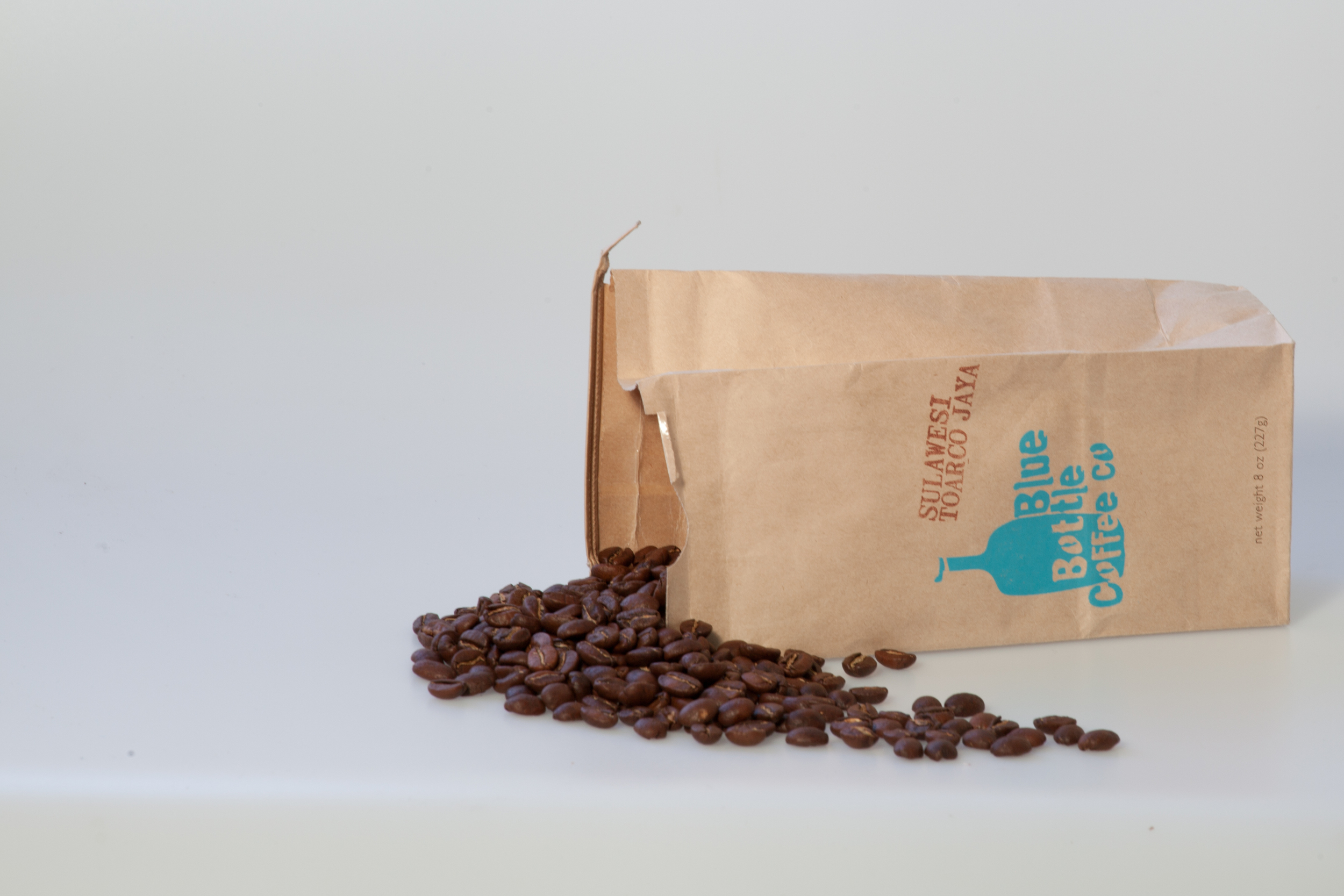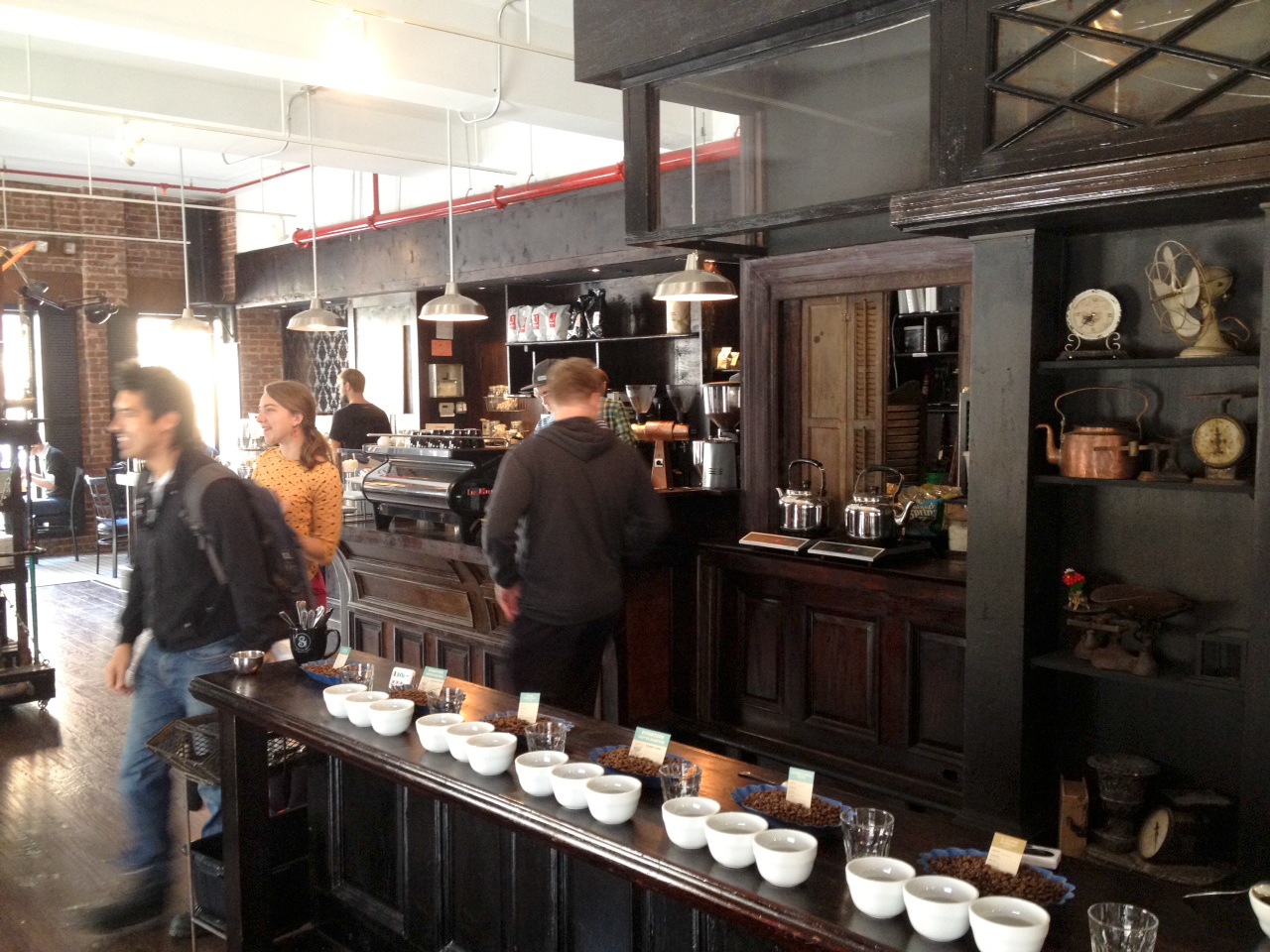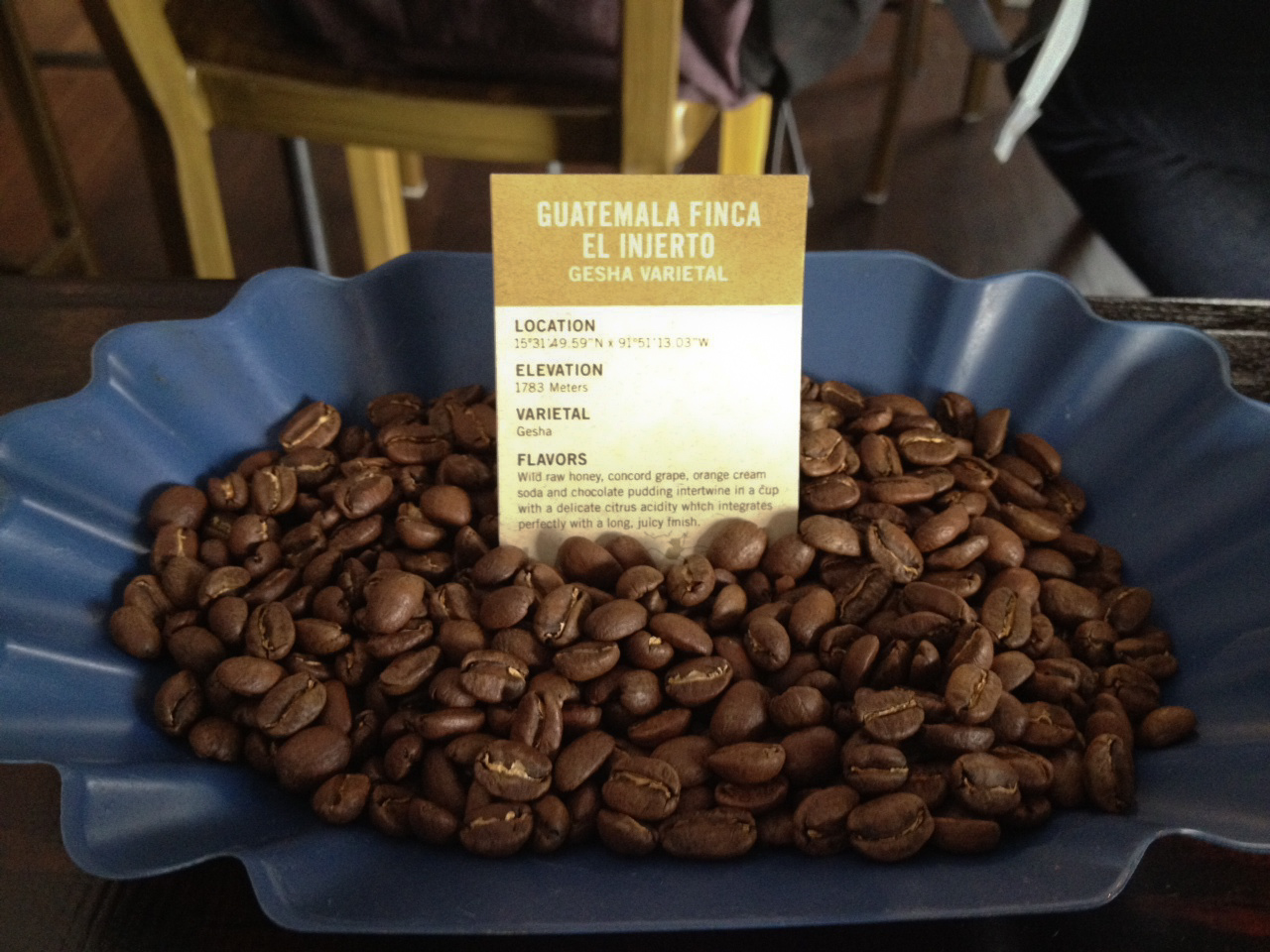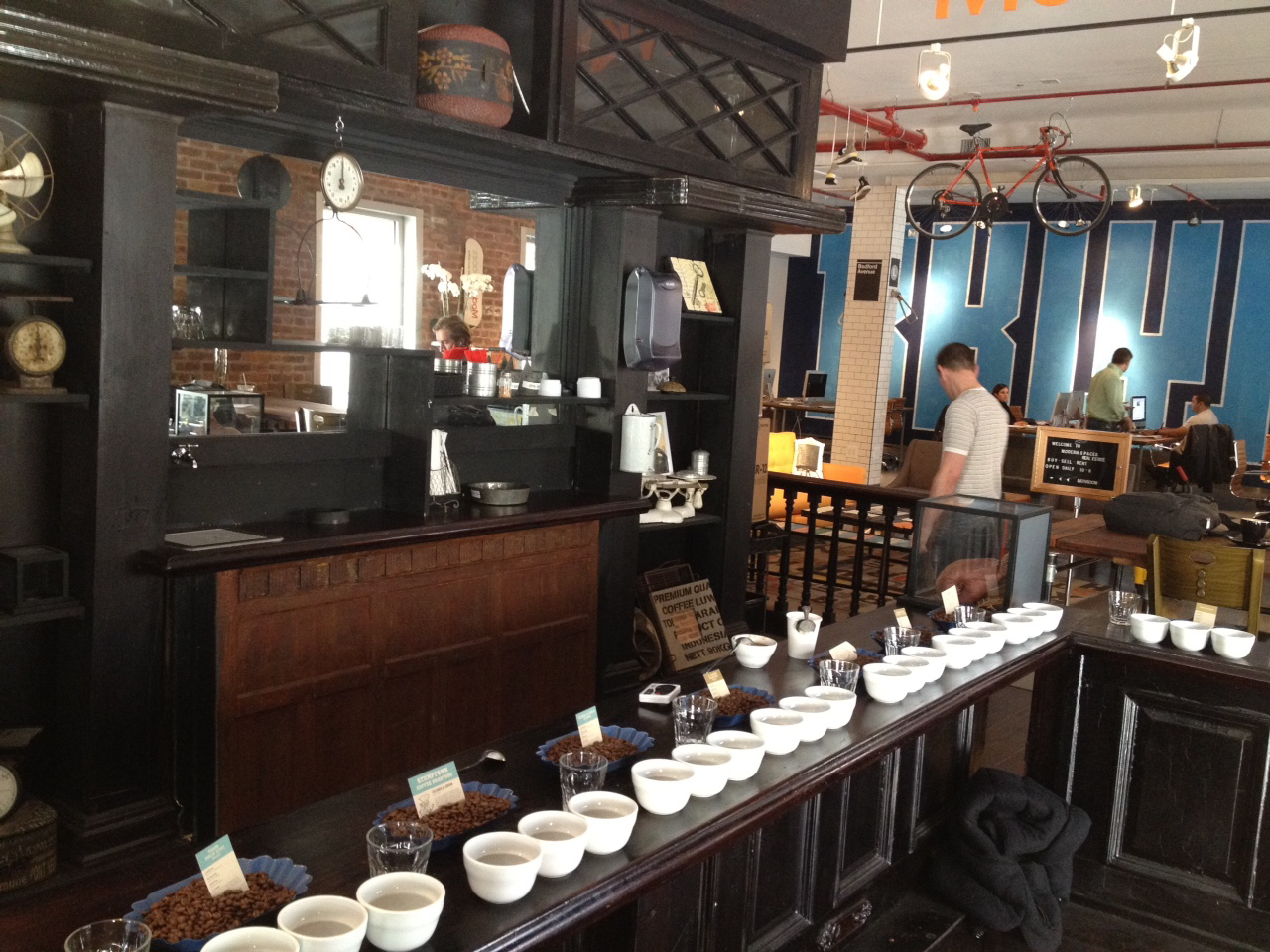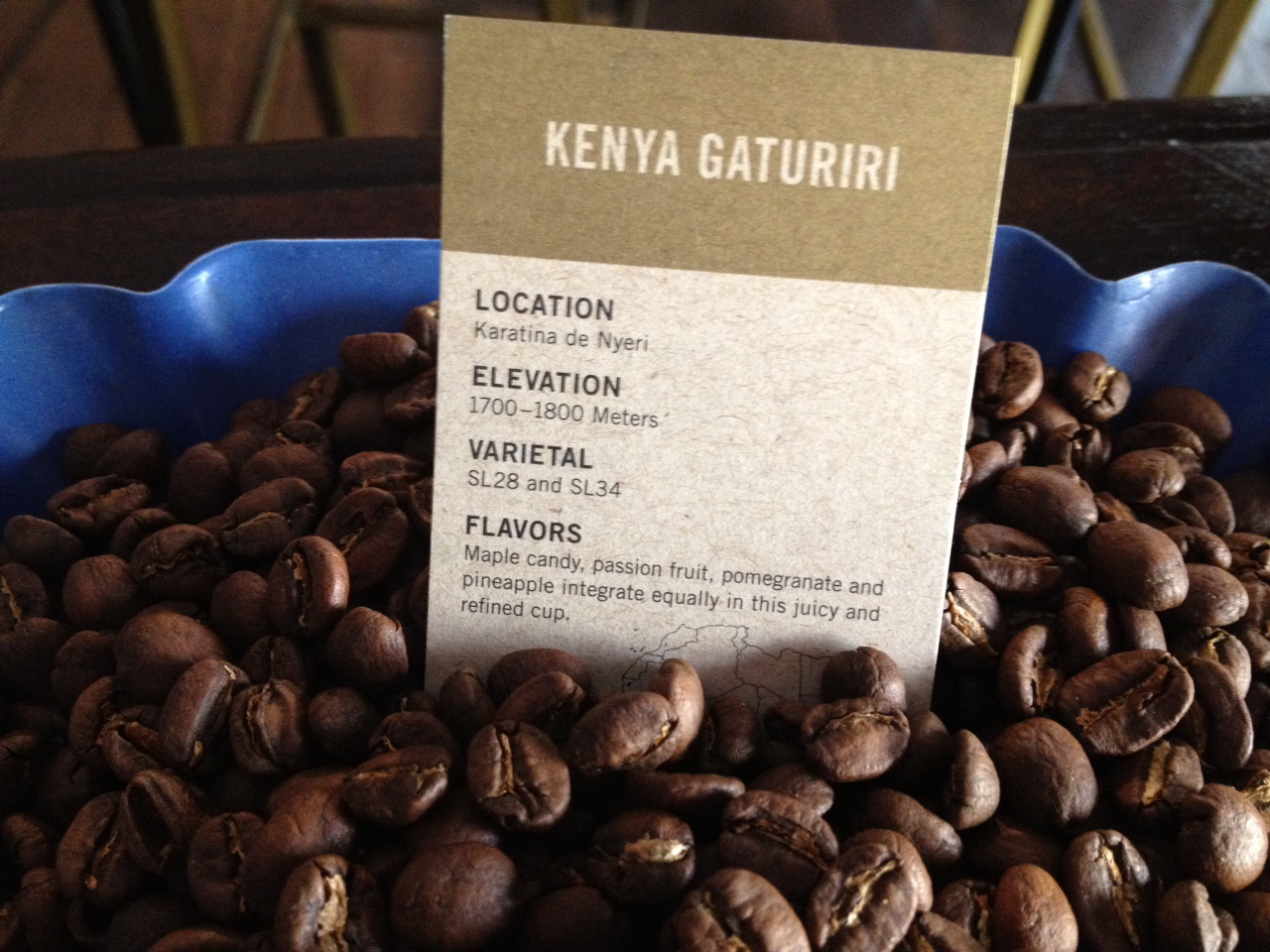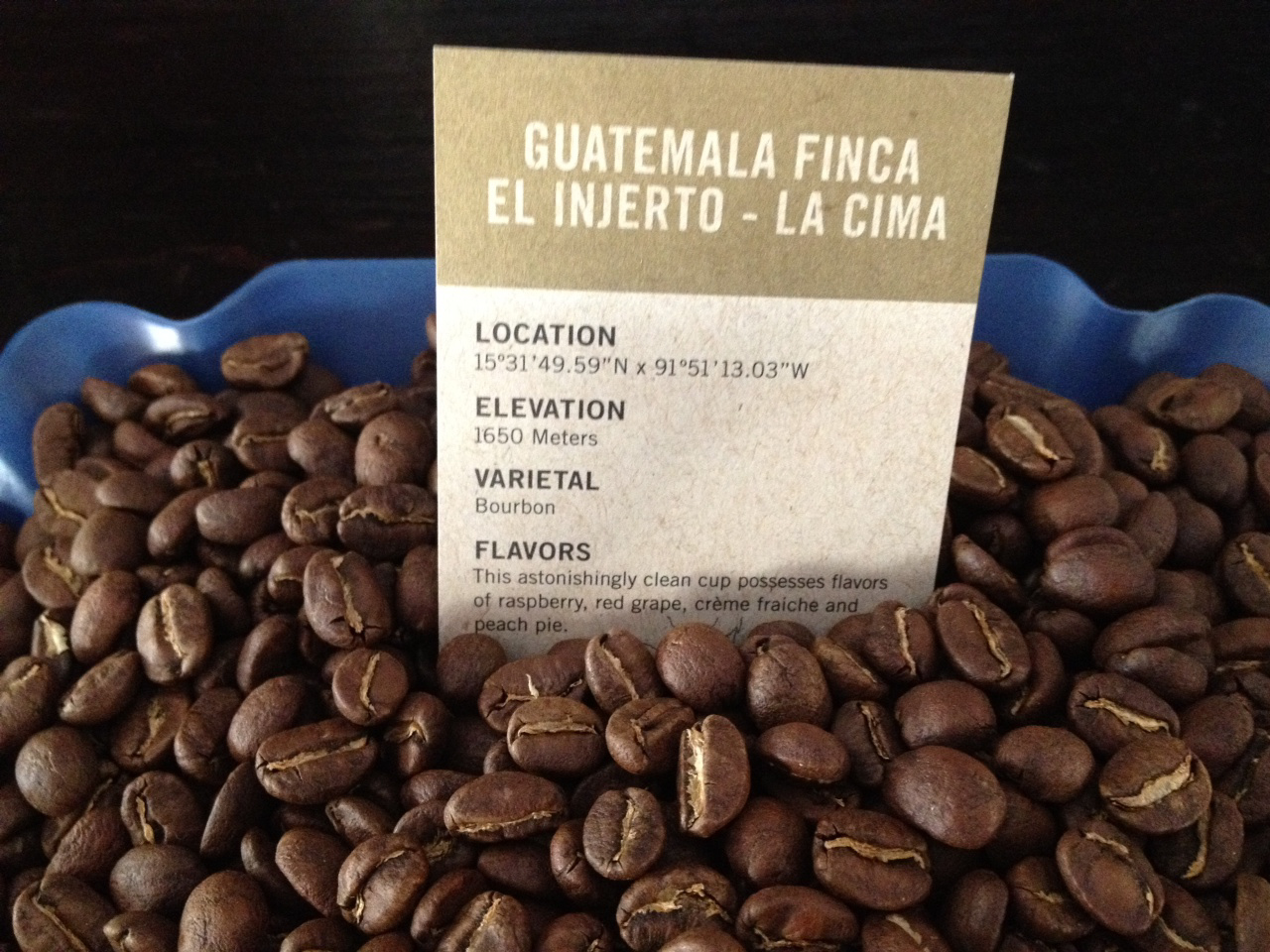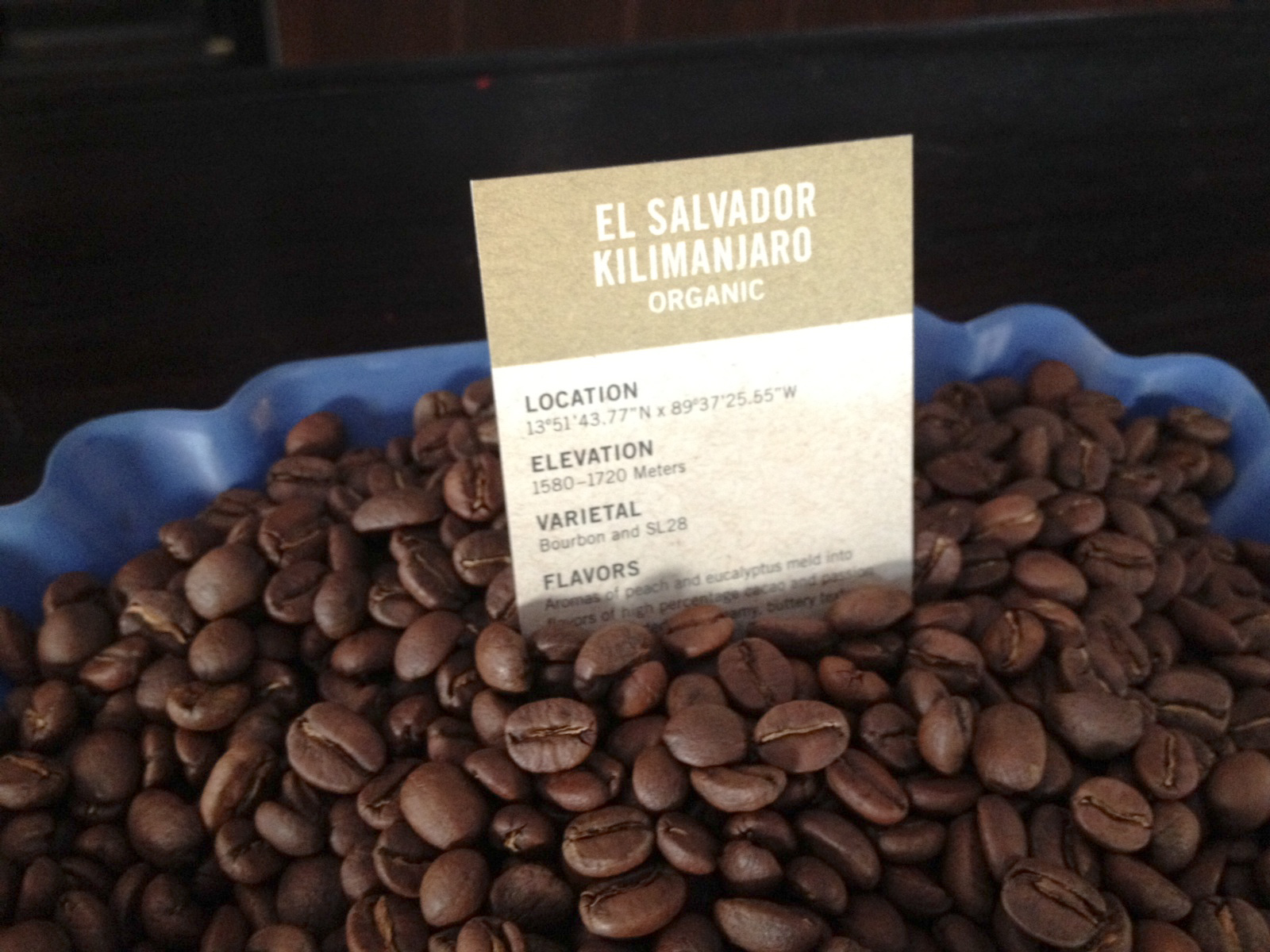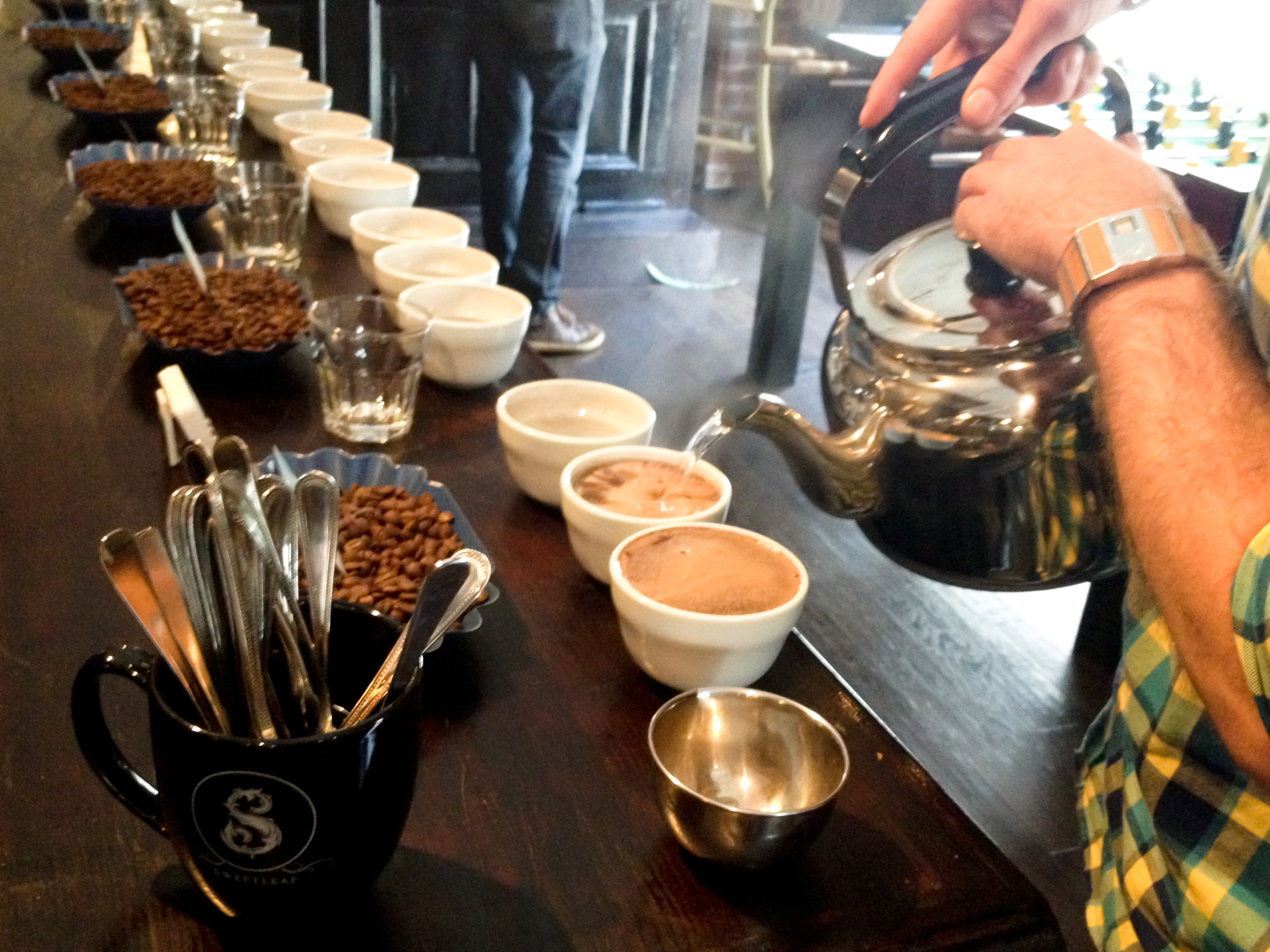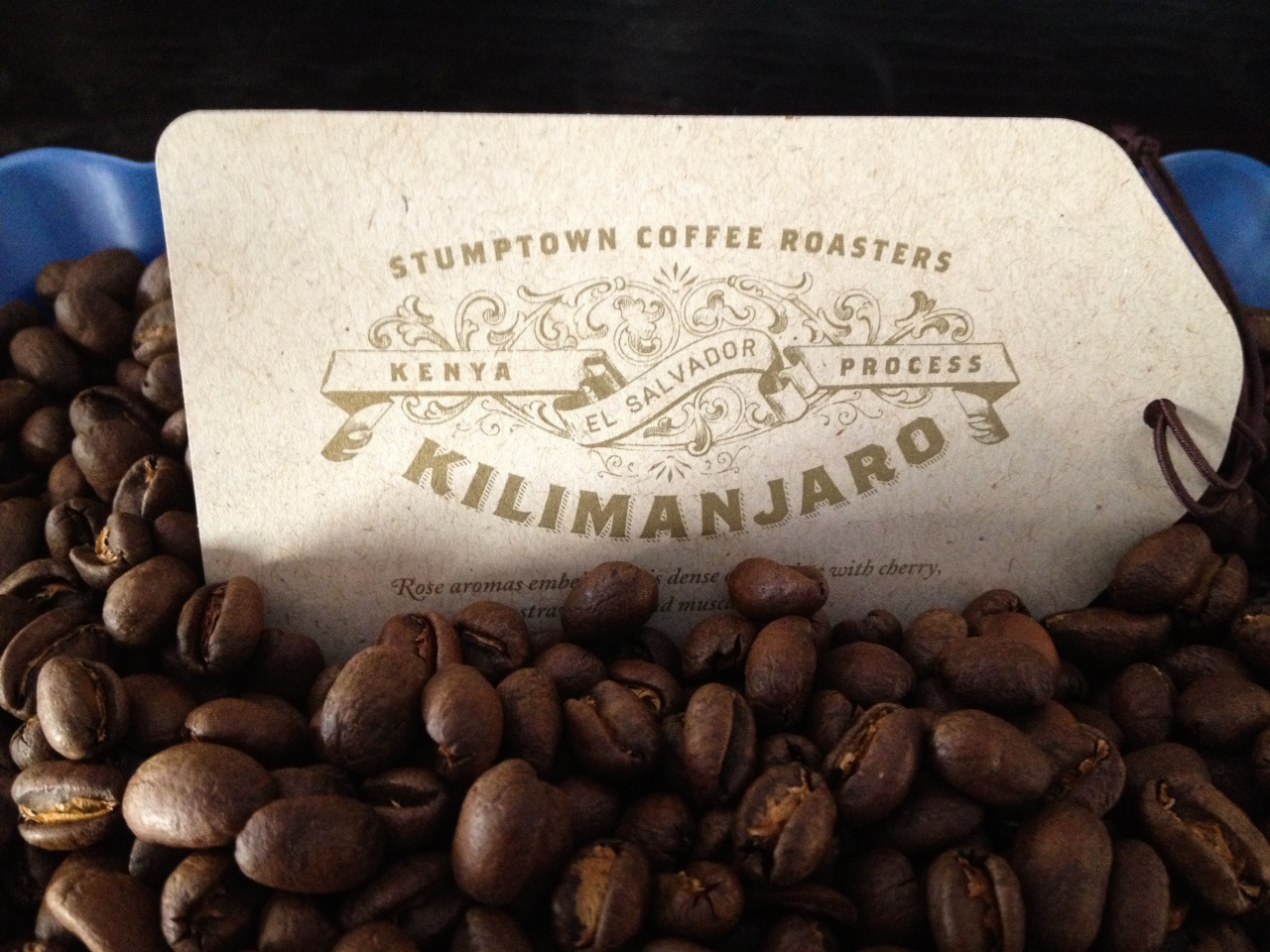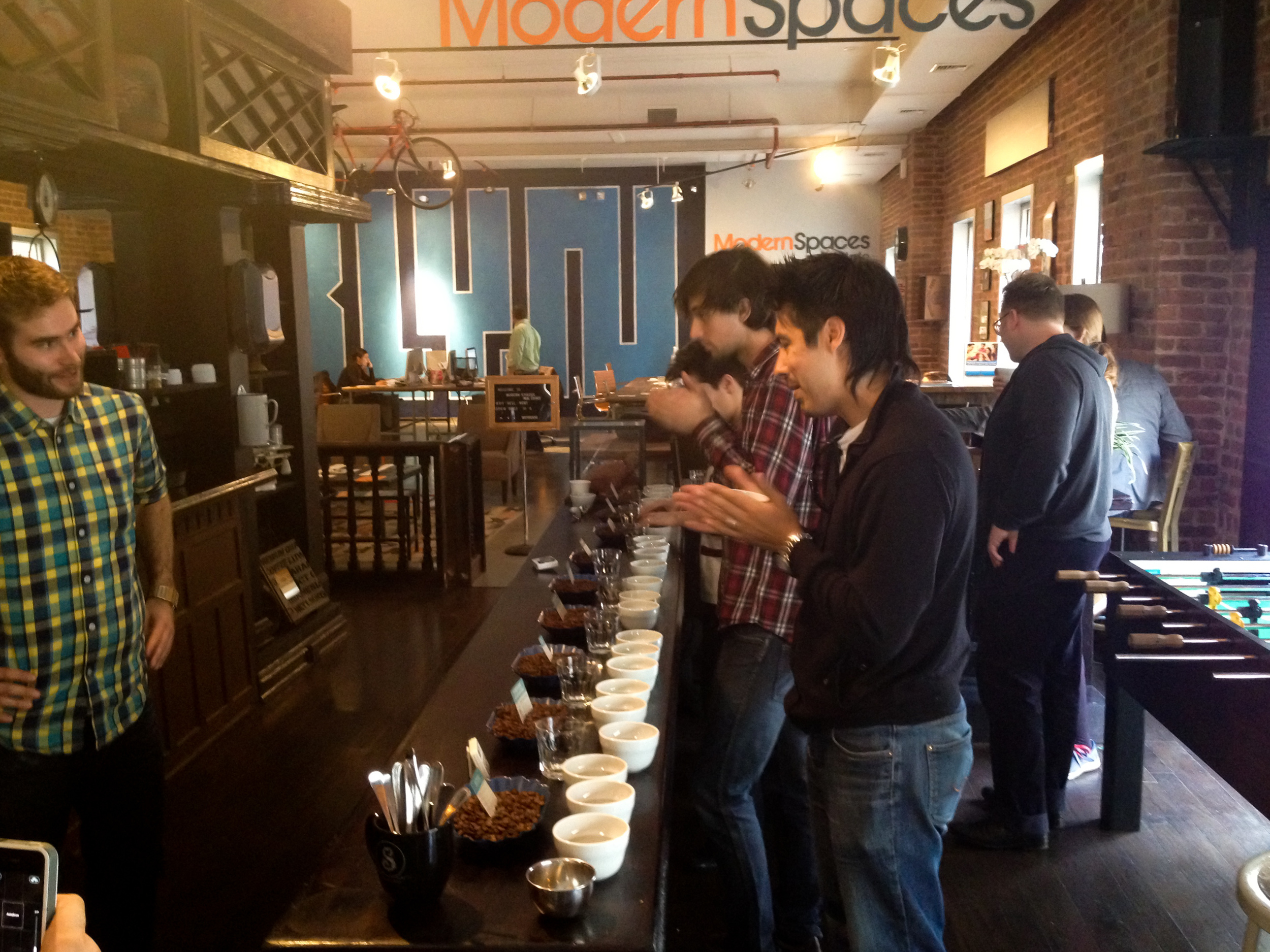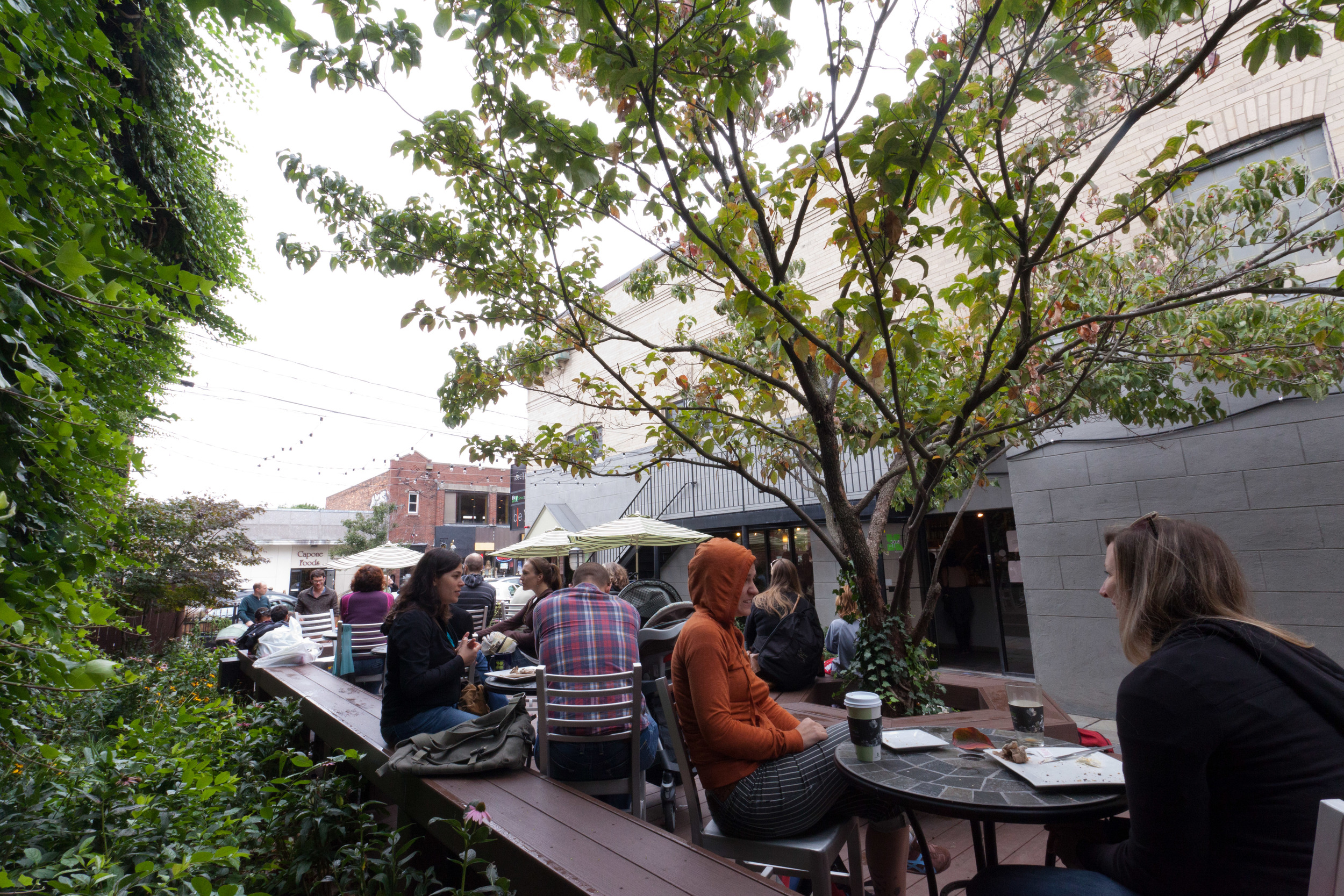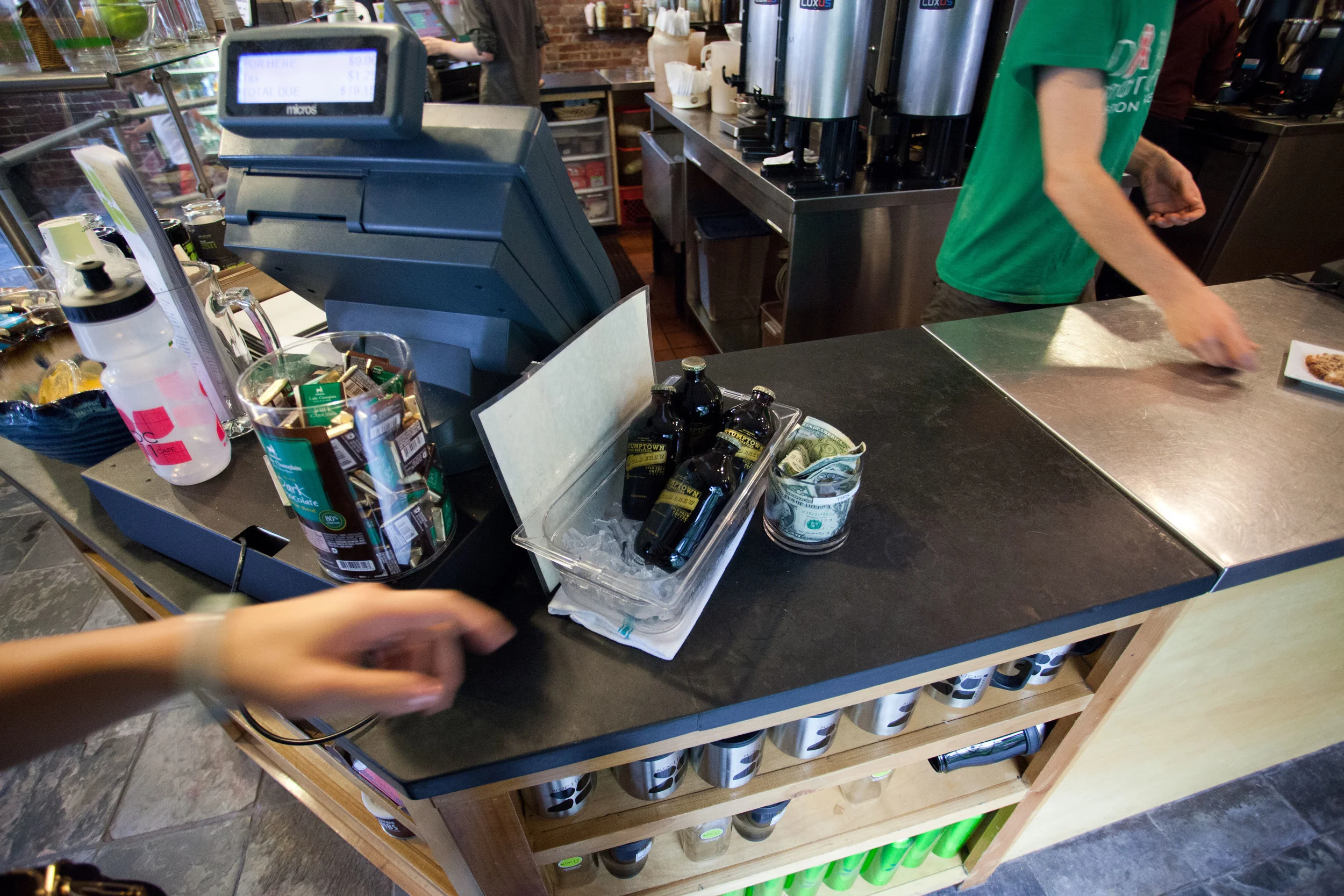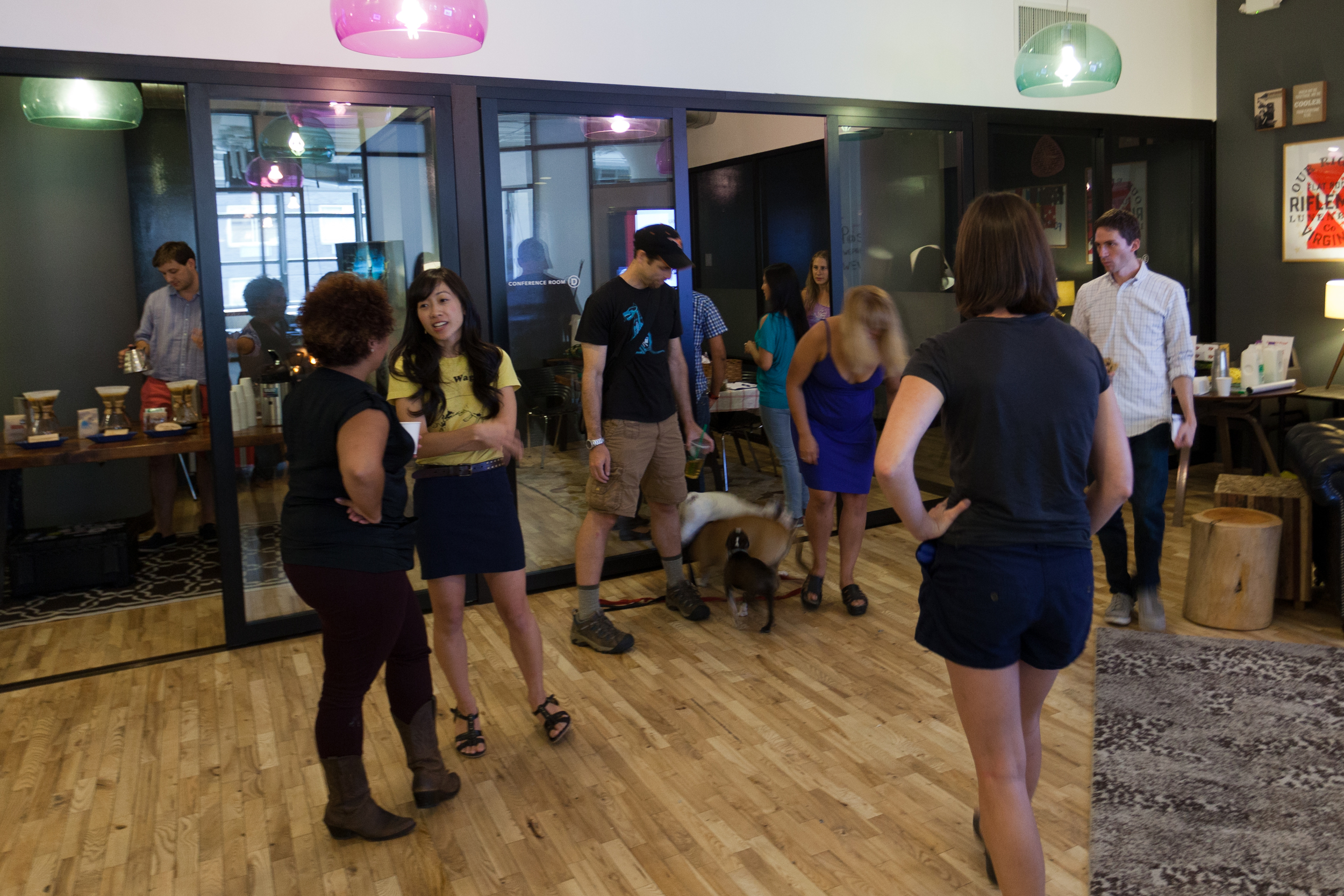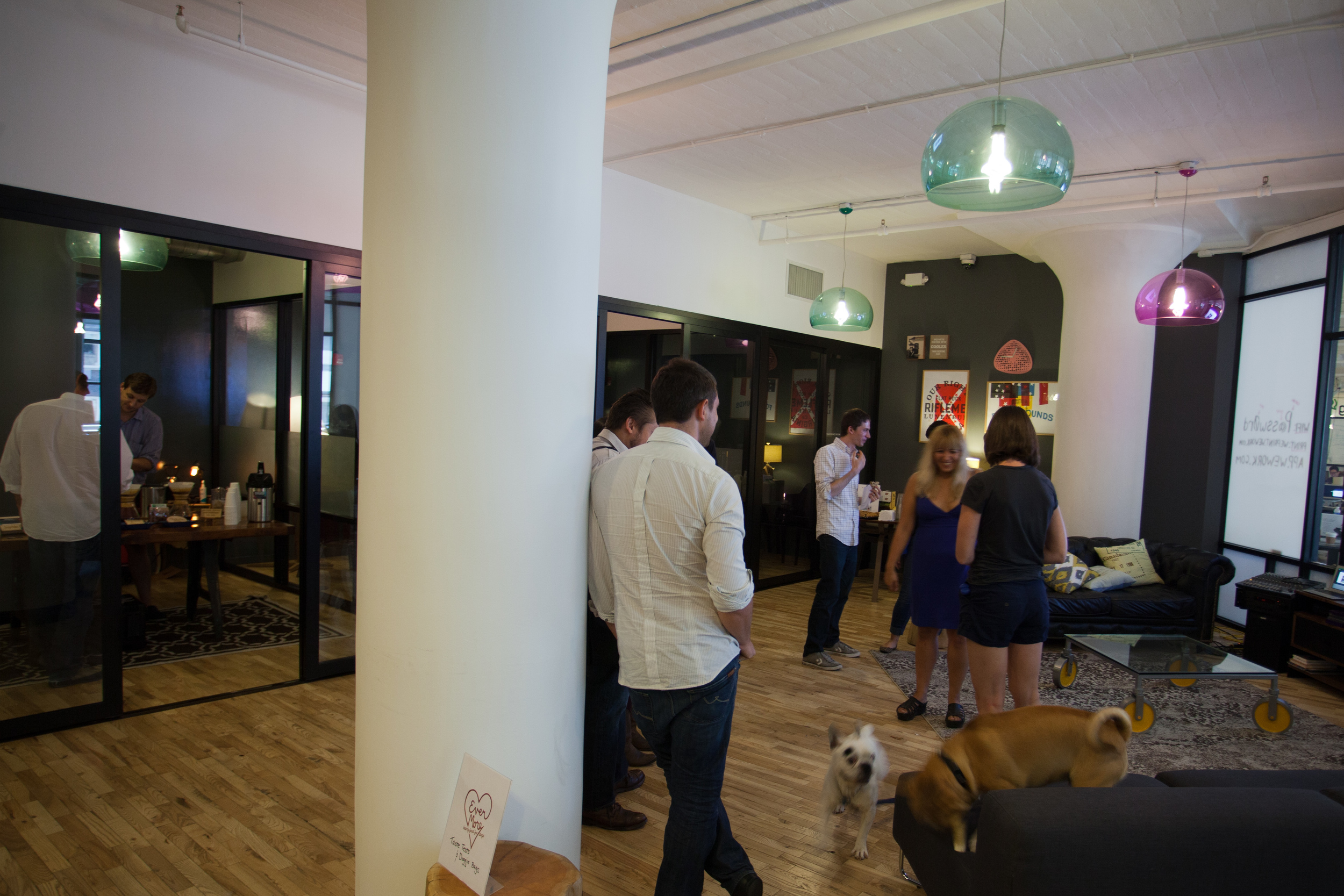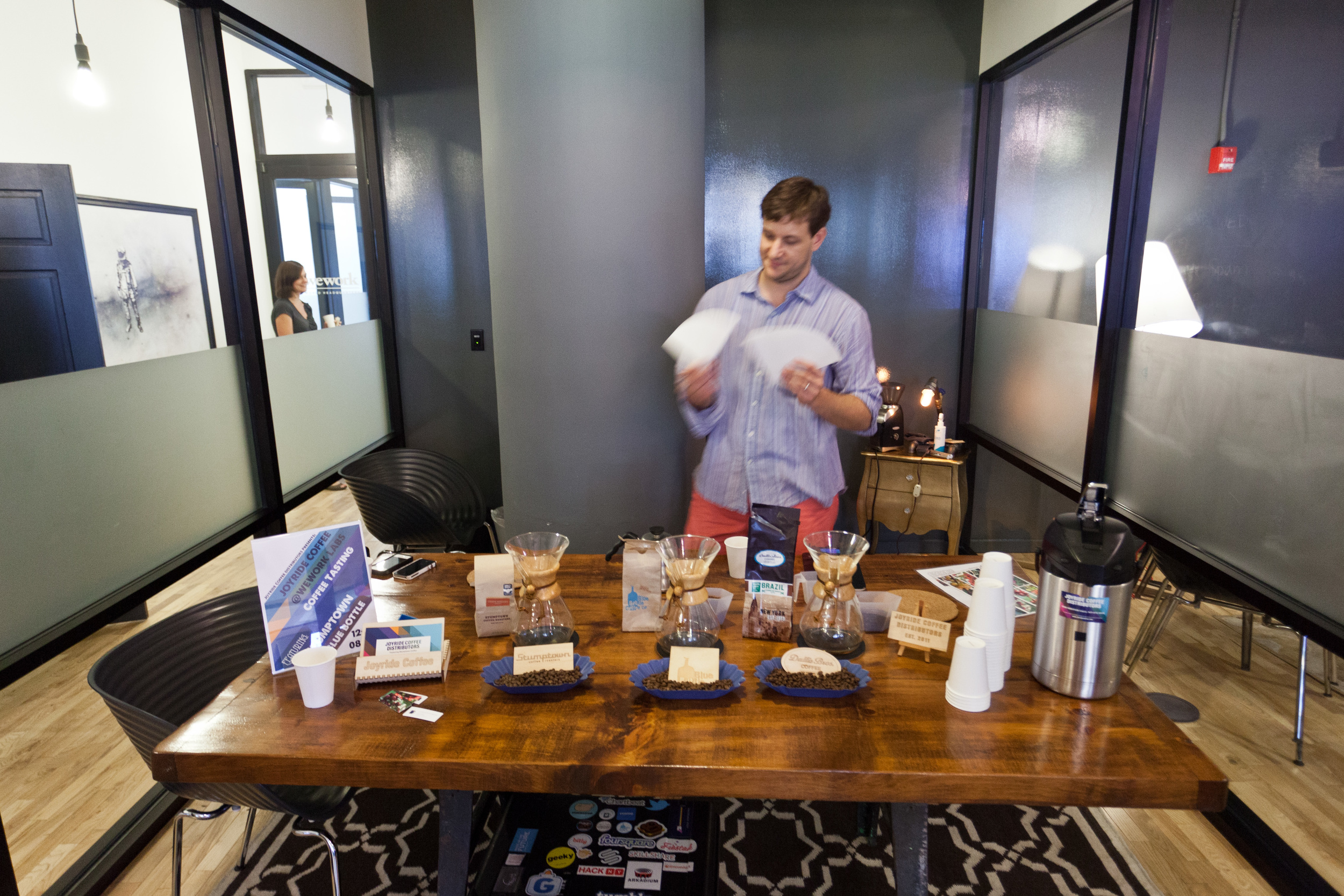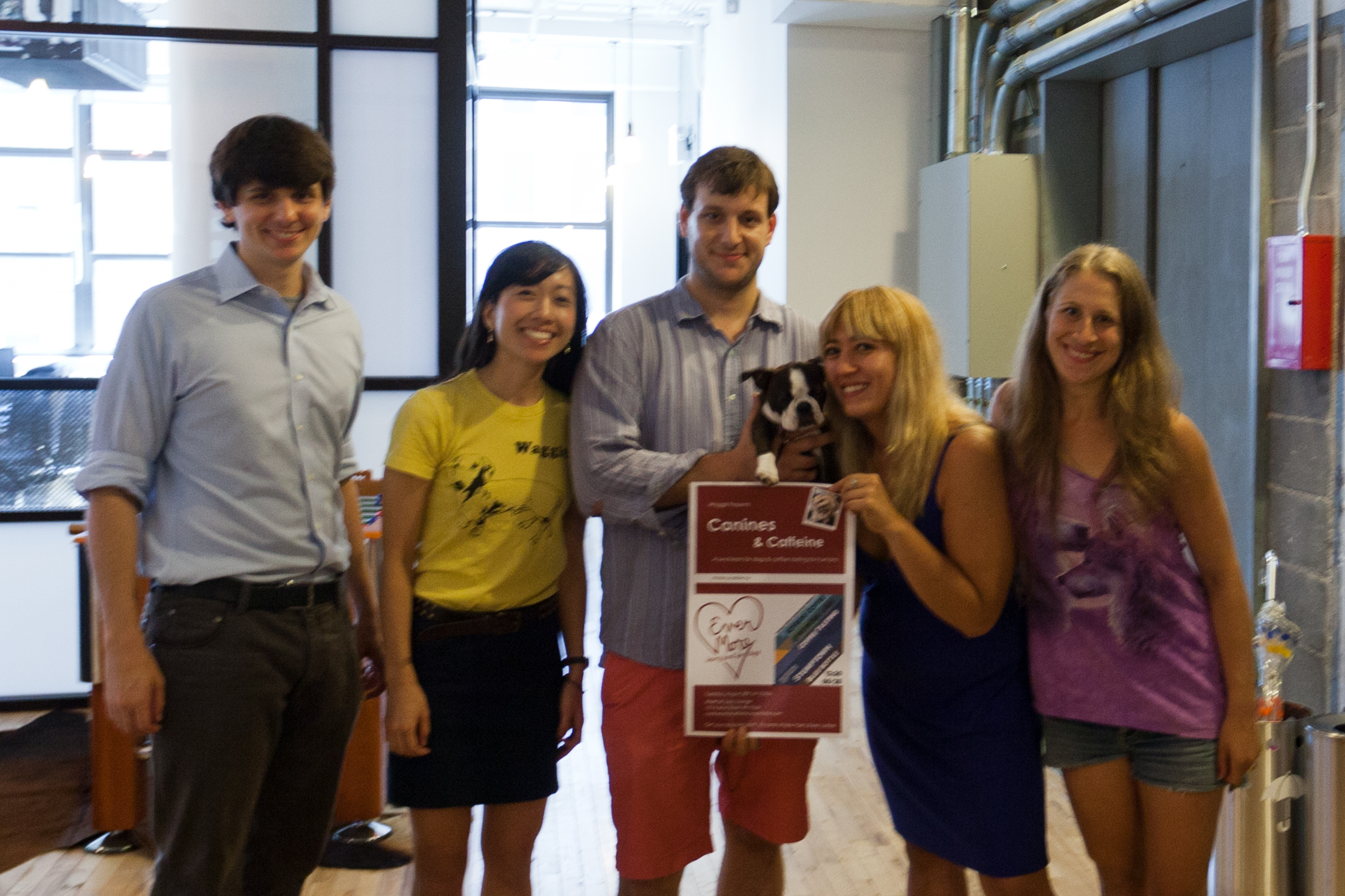Indonesian coffees have long been considered earthy, and frequently flawed. Not anymore thanks to the Toarco Company.
This year, for the first time, I've had an Indonesia that I liked enough to purchase it for personal consumption. Our roasters agree. Blue Bottle, Stumptown and Intelligentsia have all released coffees from the Island Sulawesi, sourced by the Toarco Company of Japan. These coffees are sweet and bright in a way that I have never seen in an Indonesian coffee. For a long time these lots were snatched up by the Japanese market. This year, however, they've made their way to America and I'm damn happy they have. These coffees differ from traditional Indonesians in a number of ways, and well take a look at those differences.
The Toarco Company
This company has been operating on the island since 1976 and has a business model very reminiscent of Third-wave roasters. Indonesia's coffee crops are largely grown by small holders, owning on average only 1,200 trees. Because of this dispersion of control, quality is difficult to monitor and education difficult to disseminate. The Toarco company has created a model plantation, where they educate farmers on proper husbandry, picking, and processing of coffee. Farmers are welcome to come and learn how to properly operate their own farms more professionally, leading to fewer flaws in the resultant cup. To reward better practices, the company uses a strict pay-for-performance model, rewarding the most successful farmers with the highest prices. All the coffees purchased by the Toarco company are cupped three times during their evolution from cherry to green bean and are judged based on quality of cup, size of beans and number of defects. They will purchase coffee only from farmers and collectors who agree to adhere to their uniquely strict sourcing, picking and processing requirements.
The Terroir and Varietals
Coffee was first brought to Indonesia via India by the Dutch East India company in the early 1700s. Coffee was, at that time, a new and popular drink among wealth bourgeoisie and royalty, with prices as high as $300/lb (adjusted for inflation). The plants brought to Indonesia were of the Typica varietal and were from East African stock. These early plants are considered a 'noble' varietal, that is to say, they are damn tasty. Over time, most of these trees were replaced by Robusto and and the arabic hybrid Catimor - both of which have higher yields and are less susceptible to leaf rust (such as the rust that is currently ravaging Colombia). Unfortunately, they are also not as tasty. Due to the rural nature of Sulawesi, those changes never took place and thus, you can still find the original Typica, as well as another great varietal, S-795, all throughout the region. To help maintain these varietals, the Toarco company gives away free seedlings grown on its model estate, Pedamaran. In doing so they are ensuring that these lower yielding, but better tasting varietals continue to thrive in the face of the pressures of globalization and access to alternative, hardier trees.
The Processing
Most Indonesia coffees are processed using the wet-hull method: while the beans are still not fully dried, they are bought to market, where they are purchased, damp, by a middle man. Due to the difficulty of transportation and storage in rural and humid Sulawesi, the typical transportation to well established facilities that we see in Africa and Latin America is damn near impossible for these small-holding farmers. The Toarco company has mitigated this difficulty and in doing so allowed for a better, if more expensive processing system, by setting up rural coffee purchasing stations where the farmers can bring their crops. These are then aggregated and dried fully in their parchment before shipping out. The result is that most of the fruit-like brightness and acidity survives the processing in way that it can't survive wet-hull processing. This difference alone has a drastic impact on the cup, yielding notes that I've never had before in Indonesian coffees.
With an understanding of the background, lets take a look at the specific offerings. They come from slightly different lots but they are all syrupy, fruity and absolutely worth buying if you can get your hands on them.
Intelligentsia Toarco Jaya Sulawsi Region- Tana Toraja Varietal- S-795 Elevation- 1600-1800masl Processing- Wet Processing Cup- Apple and pear with maple syrup make for a round and rich body balanced by toasted almond and dried cherry in the finish. Retail Price- $20/12oz
Stumptown Indonesia Sulawesi Toarco Toraja Region- Toraja, Sulawesi Varietal- S-795, Typica Elevation- 1400-1800masl Processing- Washed Process Cup- Sweet and juicy notes of red currant and plum coat your palate in a cup with the taste and texture of molasses. Retail Price-$16.50/12oz
Blue Bottle Sulawesi Toarco Jaya Region- Tana Toraja, Sulawesi, Indonesia Varietal- S-795/Jember, Typica Processing- Wet-processed Elevation- 1450-1600masl Cup- Huge, sweet body with much more complexity than your typical Indonesian Retail Price- $13.89/12oz
Having tried all three of these coffees, it is immediately apparent that they aren't from the same lot. Those small differences in elevation and origin have lead to three different, yet good cups. The blue bottle is full-bodied and juicy without leaning toward a muddled cup, while, on the other end of the spectrum, the intelligentsia is surprisingly nuanced for such a chewy cup. The Stumptown falls somewhere in the middle, but maintains an attractive sweetness. These coffees bring to mind some of the sweeter Ethiopians I've had, although their body is significantly fuller. This style of coffee is unlike any I've had before. If this is the direction Indonesian coffees production is moving, then I for one welcome the change.
Preferred Brew Method: These coffees make a killer cup that comes out as even fuller and richer when prepared on the french press.
Coffee Hack: How to Filter with a French Press
Sometimes you have coffee ground for the wrong setting. How do you fix it?
Last night at our family's Thanksgiving Dinner, we came across a problem. My sister has a French press, but we brought coffee ground for drip. How do you deal??? Like this:
The Coffee Hack: Brewing Drip Ground Coffee on a French Press
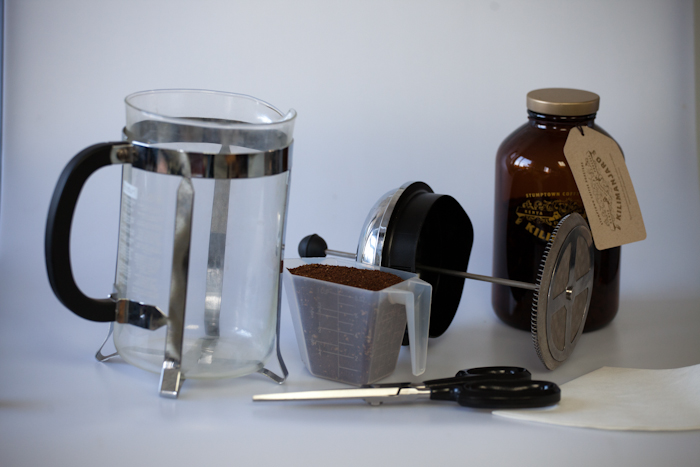
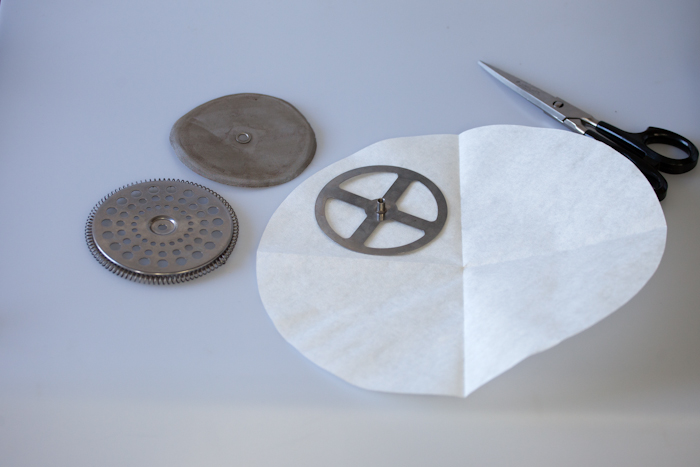
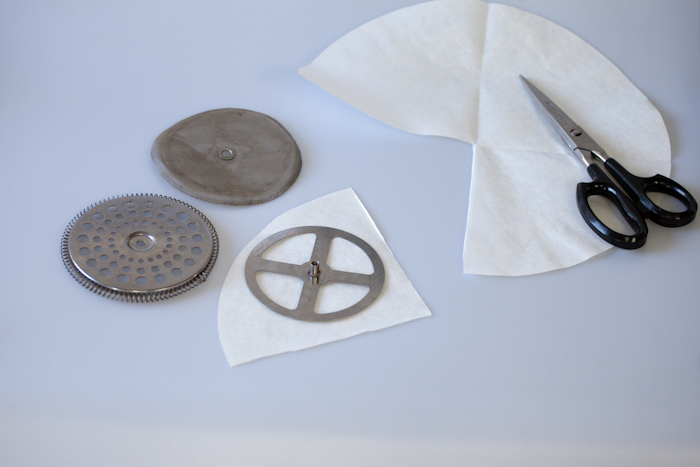

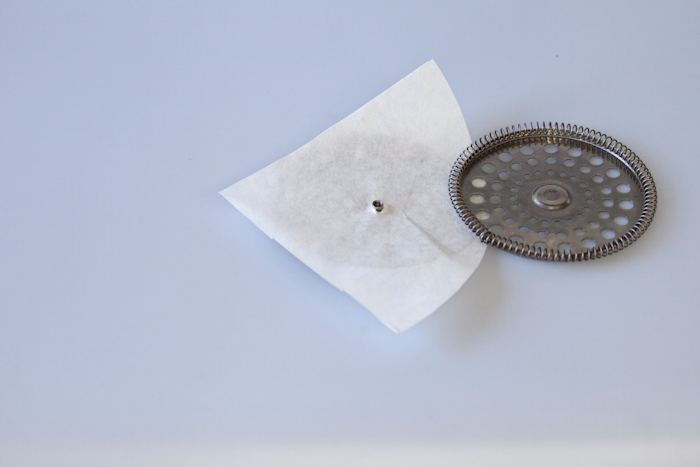
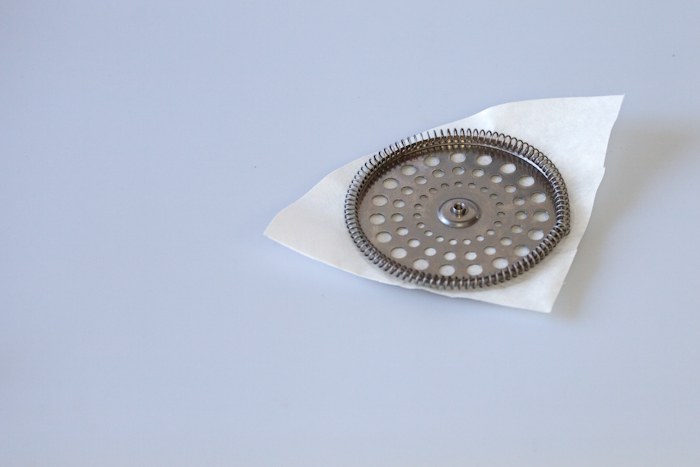
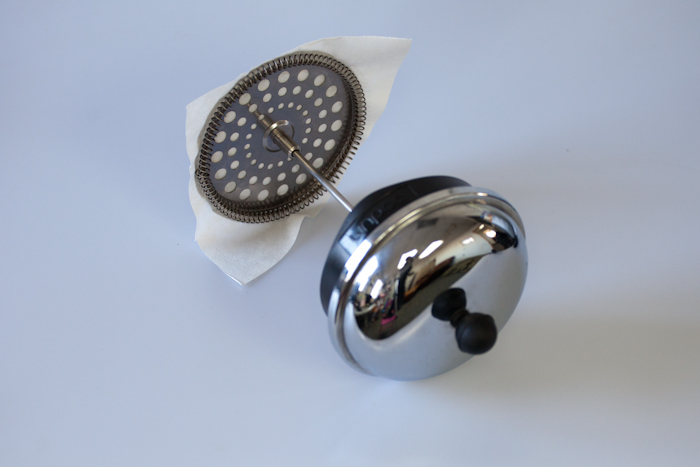

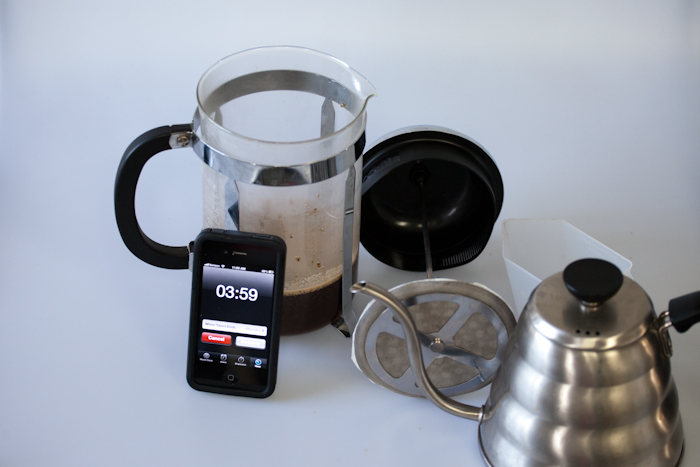
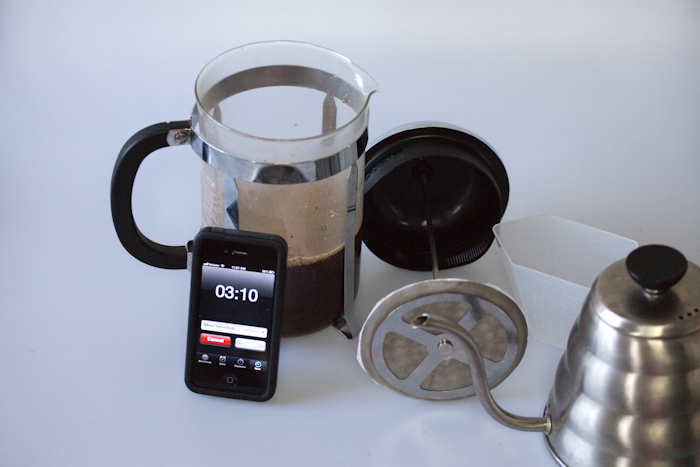
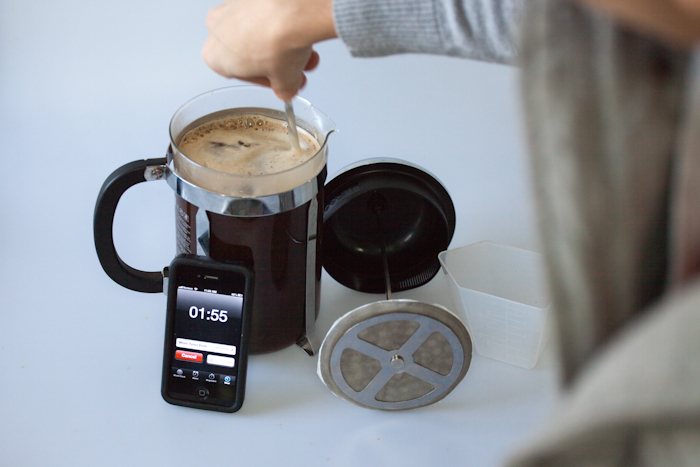
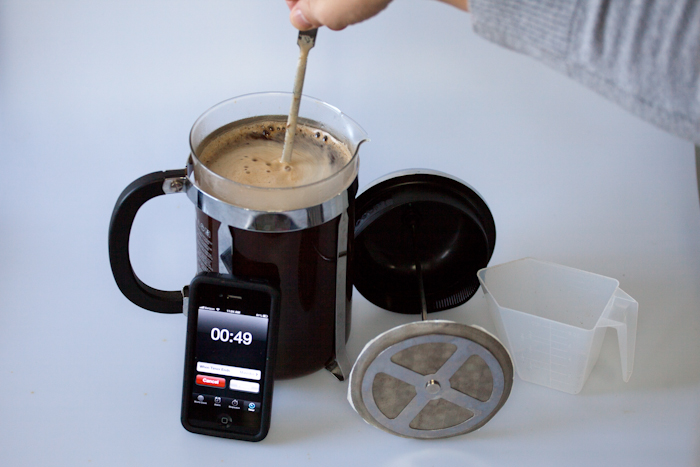
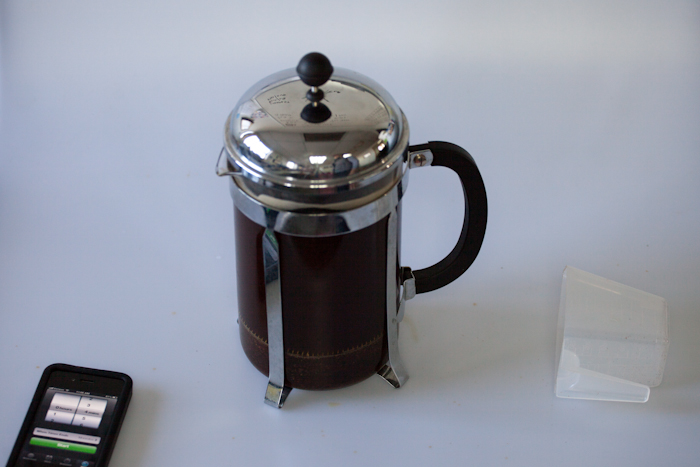

The filter we used is for a chemex, but any filter would really do. Remeber to pre-wet the filter, though to get any taste out of it prior to pressing. The mechanism used to hold the fine screen in the Bodum french press is perfectly designed to hold a filter in a similar situation.
In terms of brewing with the finner grind, the single biggest difference is that you need to stir more often. Coffee ground for french-press has more carbon dioxide caught in the larger granuals, while coffee ground for drip allows most of the carbon-dioxide to escape. As a result, coarsely ground coffee floats, while more finely ground coffee sinks. To avoid a problem where there is simply sedement sitting at the bottom of the press, over extracting into a small amount of water while under extracting into the rest, you need to stir the coffee every minute during the four minute brew cycle.
One thing worth keeping in mind is that pressing the pot at the end of the brew requires more force and patience than normal. You are pushing the water through a finer filter, that is clogged with finner particulate. Additionally, unless you are preternaturally skilled at trimming filters, you end up with some in-between the the coil and the glass. Just keep patiently pressing. If the going gets stuck, pull up a bit before continuing on the downard trajectory. The cup itself comes out splendidly. It certainly has the finer sediment you expect from a french press, but it doesn't have the larger sediment that the screen allows, and therefore lacks some of the body of a normal french press. If you do it correctly, however, the cup should be amazing and should reflect the beans well. In terms of taste, I would say the cup lies somewhere between french-press and a chemex, leaning more toward the french press.
If you have other coffee hacks, let me know! We'd be happy to share them with the world.
-Adam
Stumptown Office Coffee Tasting: Fall 2012 at Summer NYC
Today we attended a tasting of the new Stumptown Offerings at Sweatleaf Cafe in Willimasburg. Stumptown has unveiled a new line of offerings. As has been expected for some time, this round was incredibly heavy with Grand Cru. Grand Cru are determined by exceeding a certain score on the Cup of Excellence scoring system. These offerings are balanced, nuanced and largely free of flaws. They are the culmination of the Direct Trade philosophy. Direct trade pays for performance year after year while simultaneously offering the expertise necessary to make those improvements. These farms of the result of years of expertise and experimentation and the yield great beans. The beans are, unfortunately, also quite expensive. The coffees themselves were delicious (even if some have confusing names.)
This tasting was really educational. We taste coffee, but with so many elements affecting taste (Terroir, roast, flaws, washing process, varietal etc, etc, etc) it can be hard to identify how and to what degree a single element effects taste. Today we tasted
1. Different varietals from the same farm
2. A peaberry and normal beans from the same farm, same varietal (Gesha!)
3. Same beans by two different washing process.
4. Different varietals from the same farms.
Only through numerous tasting like this is it really possible to understand the nuances of what go into changing the taste of coffee. Unfortunately, for us, this is only the first step on what is a multi-multi-multi variable calculus of cause and effect in taste.
Cafe Profile: Bloc 11 in Somerville, MA
Cafe Profile: Bloc 11 in Somerville, MA. I had the pleasure to stop in at a great cafe on a recent trip to Somerville, MA.
Bloc 11
11 Bow Street
Somerville, MA 02143:
Bloc 11 is a massive cafe set up in what looks to be in an old bank with a Yoga studio on top. The space is open, and bright, with nice, roomy outdoor seating. Even with two cash registers, there is always a line. With good reason. It seems that this cafe often switches between roasters. I ordered a double espresso (i use the double as a yard-stick by which to measure cafes). It was balanced, and neat, with a pleasant acidity. They also carry a hefty number of retail bags by Stumptown, Intellegensia and Counter Culture. The food was also very good (Sandwiches and the like) and their baked goods were fresh and rich. A word of warning: all of their coffees have to be shipped in, so if you are buying a retail bag, make sure to check the date. Some of it is very fresh, but some of it is a bit past prime. In either case, the baristas are skilled, the beans are great and the equipment is quality, so what's not to like? Here are the pics:
Coffee and Canines Event - Hot Dog!
We brewed some coffee in the Wework Lab space with Queens Tech Meetup bud, Audrey, founder of Waggit .
Waggit is a community that makes having a dog a bit easier, by swamping dog sitting, or sharing a dog walker. We are a dog-friendly office with Ike, Lola and Otto keeping the dog-to-person ratio at a pleasant 1:1. With our love for dogs, we were happy to help out another Queens tech bud out! Evermore, a company that makes organic dog-food in a USDA certified kitchen, were also there, serving up food to the pups that swung by as well as our own Ike (who found it quite tasty).
We dished some chemexs of Stumptown's Ethiopia Mordecofe, Blue Bottle's Bella Donovan and the Dallis Brasil Fazenda Sertao Yellow Bourbon to the denizens of the WeWork Lab space and dog lovers alike.
I have some photos from the event, but you will have to forgive my shaky camera work.






